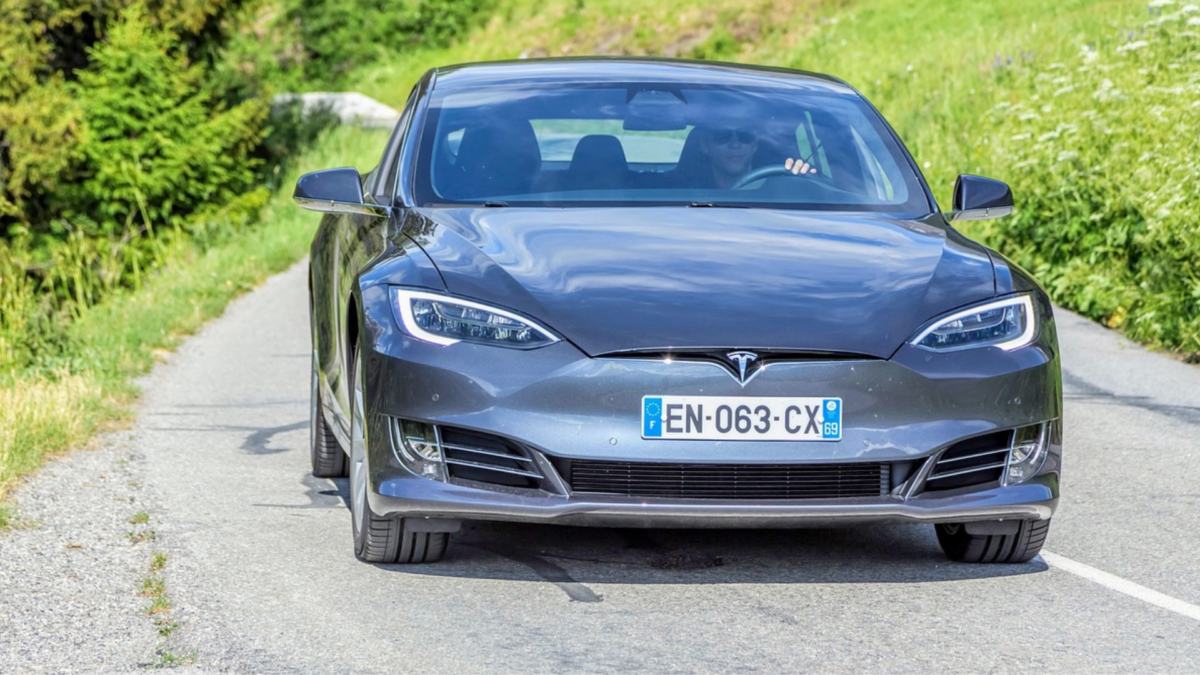The ‘magnificent’ compression: What a P/E reset means for growth investors
A new chart from the US-based financial advisory services firm, Creative Planning, using YCharts data as of April 17, 2025, illustrates a notable shift – multiple compression across the “Mag 7” tech giants. After years of expansion-fuelled euphoria, the market is reassessing how much it’s willing to pay for future growth. And the results are telling.
Across the board, price-to-earnings ratios for companies such as Google, Meta, Microsoft, Amazon, Apple, NVIDIA and Tesla have declined since the end of 2024. Even the broader S&P 500 has seen a modest pullback in valuation multiples. But it’s the magnitude of the re-rating in specific names – especially Tesla and NVIDIA – that stands out.
The era of growth at any price appears to be behind us. Monetary policy has tightened. The AI-driven momentum trade is being re-evaluated. These companies still dominate the market in both scale and narrative, but the premium investors are willing to pay is being brought back down to more grounded levels.
Tesla’s valuation has come down from 198 times earnings to 118 – a steep drop yet it still priced far above its peers. NVIDIA has also seen its P/E ratio compress significantly, from 53 to 35.
Microsoft, Apple and Amazon have each seen their multiples fall by 20 to 25 per cent. Meanwhile, the more established and profitable names such as Google and Meta have experienced relatively modest declines.
So, what’s behind this broad-based compression?
Higher interest rates have played a key role. With bond yields offering between four and five per cent, the cost of waiting for future earnings has gone up. Investors are now rewarding companies with strong near-term cash flow and profitability, not just potential.
Earnings delivery – or the lack of it – also matters. Companies that were priced for perfection in 2024 are now being re-rated if they haven’t lived up to expectations. It’s not that investors no longer believe in long-term stories. It’s that they are more sceptical about paying up without results.
There’s also an element of rotation. Institutional investors are trimming exposure to concentrated tech positions and reallocating to other sectors or geographies that offer more reasonable risk-adjusted returns.
Most importantly, markets are maturing. Investors who came of age in the era of zero interest rates are now learning that valuation discipline can’t be ignored forever. We’ve moved from a market driven by narratives to one shaped by fundamentals.
This doesn’t mean investors should abandon tech altogether. But it does suggest a shift in mindset. Rather than blindly following themes such as AI, EVs or cloud computing, investors need to focus on underlying earnings power, margins and resilience.
The current reset offers an opportunity to revisit the quality of these companies and their actual performance versus expectations. Diversification is more relevant now, especially considering how concentrated index performance has become. And with risk-free returns available, capital now demands more than a good story.
This P/E compression is less about panic and more about prudence. The market isn’t rejecting innovation – it’s simply re-balancing enthusiasm with evidence. And for investors who approach this phase with patience and clear frameworks, the next leg of the cycle may offer more sustainable returns.
Value matters again. And 2025 is quietly restoring that principle.











